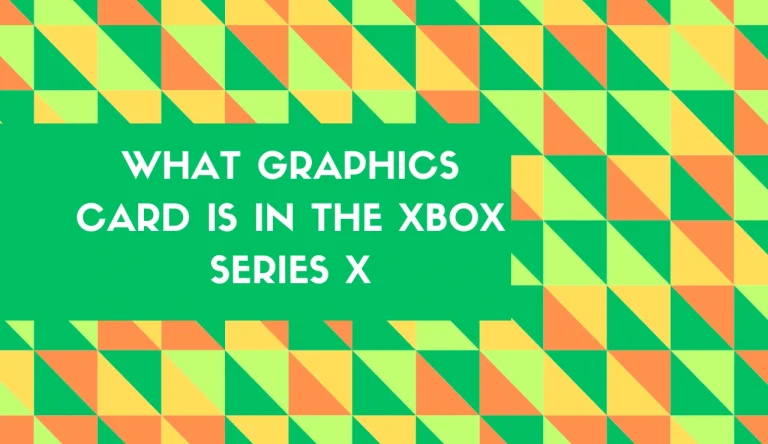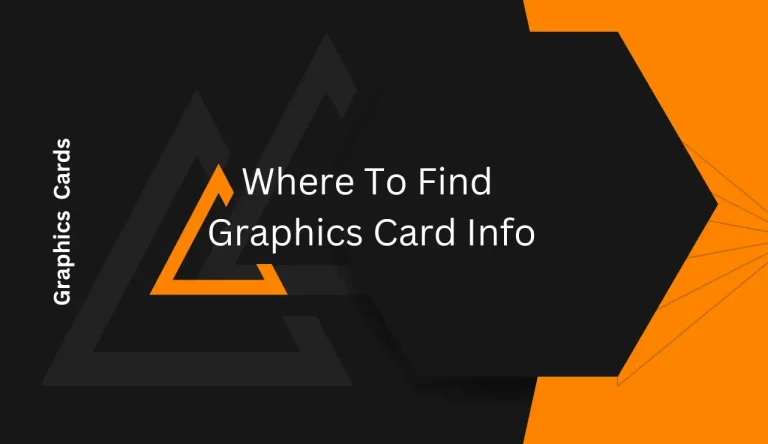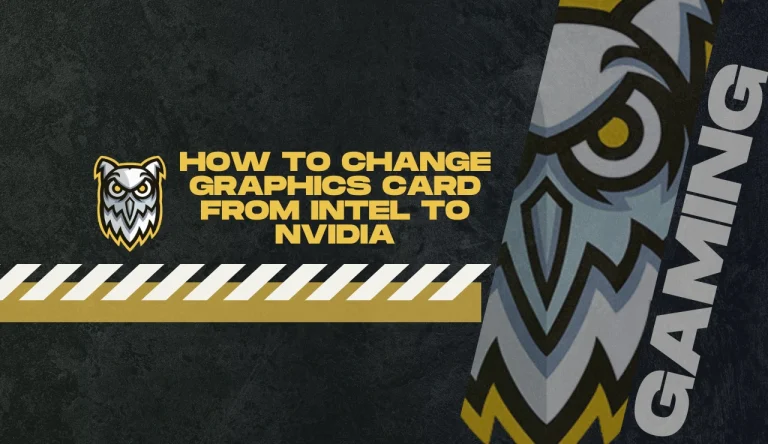Is Gpu A Graphics Card
Are you curious about is GPU a graphics card? Well, let’s dive into this fascinating topic.
A GPU, or Graphics Processing Unit, is indeed an integral part of a graphics card. Think of it as the powerhouse that drives all the visual magic on your screen. It handles complex calculations and renders stunning images, making your gaming experience immersive and your graphic design projects come to life.
To understand the connection between a GPU and a graphics card, it’s crucial to explore their components. From memory modules to cooling systems, each element plays a vital role in delivering top-notch performance. However, don’t confuse GPUs with integrated graphics found in some processors. While both serve graphical purposes, there are significant differences in terms of power and capabilities.
Whether you’re an avid gamer or a creative professional, GPUs are crucial for unleashing the full potential of your endeavors.
So buckle up as we embark on an informative journey to unravel the world of GPUs and graphics cards!
Understanding the Function of a GPU

So, is a GPU basically like the brain of your graphics card? Well, in a way, yes! Understanding the function of a GPU is crucial in optimizing its performance.
GPU stands for Graphics Processing Unit and it plays a vital role in rendering images, videos, and animations on your screen. It has its own dedicated memory and processing power specifically designed for handling complex graphical tasks.
The architecture of a GPU consists of multiple cores that work together to execute numerous calculations simultaneously. This parallel processing capability allows GPUs to perform tasks much faster than traditional CPUs.
To optimize GPU performance, developers must take advantage of this architecture by utilizing techniques such as parallel programming and efficient memory management. By doing so, they can fully unleash the power that lies within the GPU and deliver stunning visuals in real-time applications.
Exploring the Components of a Graphics Card
When exploring the components of a graphics card, it’s important to understand its various elements. The architecture of a GPU plays a crucial role in determining its performance.
GPUs are designed with parallel processing in mind, allowing them to handle complex graphical calculations more efficiently than traditional CPUs. They consist of multiple components working together to deliver high-quality graphics and smooth gameplay.
One key component is the GPU chip itself, which houses thousands of tiny cores responsible for executing tasks simultaneously. These cores can be divided into groups called shader clusters or streaming multiprocessors (SMs), each having its own set of resources.
Another important element is the memory subsystem, including VRAM (Video Random Access Memory). This dedicated memory ensures quick access to data needed for rendering images and textures.
To compare GPU performance, factors like clock speed, memory bandwidth, and the number of cores need to be taken into account. Higher clock speeds and wider memory interfaces generally result in better performance. Additionally, architectures with more SMs or shader clusters tend to handle complex graphics better.
| Component | Description |
|---|---|
| GPU Chip | Contains thousands of tiny cores responsible for executing tasks simultaneously |
| Memory Subsystem | Includes VRAM for quick access to data needed for rendering images and textures |
| Clock Speed | Determines how fast the cores can execute tasks |
| Memory Bandwidth | Refers to how quickly data can be transferred between the GPU chip and VRAM |
| Number of Cores | More cores generally mean better parallel processing capabilities |
By understanding these components and comparing different aspects of GPU architecture, you can make informed decisions when selecting a graphics card that meets your specific needs.
Differentiating Between GPU and Graphics Card

To better understand the difference between a GPU and a graphics card, you’ll need to delve into their distinct roles in powering your gaming experience.
The GPU, or Graphics Processing Unit, is the key component responsible for rendering images, animations, and videos on your computer screen. It handles complex calculations required for realistic graphics and smooth gameplay.
On the other hand, a graphics card refers to the physical device that houses the GPU along with other components like memory and cooling systems.
While both terms are often used interchangeably, it’s important to note that a dedicated graphics card offers several advantages over integrated GPUs found in CPUs. These include higher performance capabilities, improved visual quality, and support for advanced features like ray tracing and virtual reality.
Investing in a dedicated graphics card can significantly enhance your gaming experience by providing more power and flexibility to handle demanding games at higher resolutions and frame rates.
GPU vs. Integrated Graphics: What’s the Difference?
If you want to level up your gaming experience, understanding the difference between a GPU and integrated graphics can help you make the right choice.
Integrated graphics refer to the graphics processing capabilities built into the CPU, while a dedicated graphics card or GPU is a separate component designed solely for handling graphical tasks.
The main advantage of using a dedicated graphics card is its superior performance compared to integrated graphics. A GPU has its own memory and processing power, which allows it to handle complex visual calculations more efficiently, resulting in smoother gameplay and better visual quality.
Additionally, dedicated graphics cards are often equipped with advanced features such as ray tracing and higher memory bandwidth, further enhancing the gaming experience.
So if you’re serious about gaming and want the best performance possible, investing in a dedicated graphics card is definitely worth considering.
The Importance of GPUs in Gaming and Graphic Design

Get ready to step up your gaming and graphic design game with the power of a dedicated graphics processing unit (GPU) – it’s a game-changer!
When it comes to gaming and graphic design, having a dedicated GPU can provide significant performance benefits. Unlike integrated graphics found in most CPUs, GPUs are specifically designed to handle complex rendering tasks efficiently. The architecture of a GPU plays a crucial role in determining rendering speeds and image quality.
With their parallel processing capabilities, GPUs can handle multiple tasks simultaneously, resulting in smoother gameplay and faster render times for graphic designers. Furthermore, the use of specialized cores and advanced algorithms allows GPUs to deliver stunning visual effects and lifelike graphics.
So whether you’re immersed in the virtual world or creating captivating visuals, a dedicated GPU is essential for achieving optimal performance and high-quality output.
Frequently Asked Questions
Conclusion
In conclusion, understanding the function of a GPU is crucial in comprehending the role it plays in a graphics card. By exploring the components of a graphics card and differentiating between GPU and integrated graphics, we can grasp the importance of GPUs in gaming and graphic design.
Their ability to handle complex calculations quickly and efficiently makes them essential for rendering high-quality images and delivering an immersive gaming experience. So, whether you’re a gamer or a graphic designer, having a powerful GPU is vital for optimal performance and visual excellence.






